|
Here is the text of a recent article in Stereo Sound Magazine of Japan - one of the leading audio publications in Asia - by one of its senior editors. Mr. Tadashi Yamanouchi A visit to an audio shop in Hong Kong, China: "Audio Exotics" - the owner's philosophy, aesthetic sense, and brilliant tuning techniques captivate Asian audiophilesThe high-end audio market in Hong Kong, China is hot! The best way to experience that heat is to go there, so I decided to visit Audio Exotics, an audio retailer that is gaining attention. There are two reasons why I chose this shop. First, I can find products from rare brands that are rarely seen in existing audio specialty stores, and second, they have a unique sales approach that makes full use of their extensive experience and know-how. In these two respects, I felt that Audio Exotics had the foresight to lead the future of high-end audio shops. Is there really a "sound that can only be heard there"? Founded in 2009, it currently has three stores in Hong Kong, China, and also has a presence in Singapore. Audio Exotics, founded by Chris Leung in 2009, is a high-end audio retailer and distributor with three stores in Hong Kong, China, and is expanding its business, including recently opening a new store in Singapore. The company is actively working to expand the audio market, hosting an exhibition called the "AE Super High-End Audio Show" every year, and sees itself as an audio platform in the Asian region. It is a popular shop that attracts attention not only from local audio enthusiasts but also from overseas. This time, we visited two locations: the flagship store "Divin Lab," which opened in 2019, and the original store. The former is located in the suburbs of Aberdeen in the southern part of Hong Kong Island, and the latter is located in Sheung Wan on the northern coast of Hong Kong Island, about 30 minutes away by car. Divin Lab Divin Lab is the largest flagship store among Audio Exotics' three stores in Hong Kong, China. The main system is equipped with German Goebel's speaker "Divin Majestic" and Goebel's subwoofer "Divin Sovereign". The preamplifier and power amplifier are "Takumi K15EX" and "Takumi K160" from Japan's Robert Corda. The analog players are "Statement" from Denmark's Hartvig Audio, "Akasu Elemento" from the UK's Dalby Audio Design, and "Gabrielle Mk4" from Switzerland's DaVinciAudio Labs, and the phono equalizers are "Jinpu" from Japan's Zanden Audio Systems and "PHS 7.3" from France's JMF Audio. Divin Lab is a spacious space with a huge group of speakers from Germany's Göbel and three super-sized turntables, overwhelming visitors with their imposing presence. When our reporting team visited, they were not switching between multiple systems, but instead using the best system selected by Chris as the basis and using some equipment such as turntables depending on the source. This is the basic attitude of the shop, which is different from general audio shops. Rather than lining up multiple components and systems for customers to compare, the owner selects and refines the system to play the sound, and customers who resonate with the sound will often purchase a product that suits their environment and preferences. It seems that this sales attitude is gaining support. Customers who purchase expensive audio products at Audio Exotics have complete trust in the owner's ears and audio philosophy. Founder Chris Leung takes a logical approach to finding the perfect sound Founder Chris Leung's life is closely linked to the economic development of Hong Kong after its return to China. He majored in economics and statistics at Columbia University and New York University in the United States, and obtained a master's degree. In addition to his main job as an economist with a 25-year career in banking, he was drawn to the joy of audio as a hobby by his father since childhood, and entered the world of high-end audio. He has been involved in audio for over 30 years. Audio Exotics Founder Chris Leung He received his master's degree in statistics and economics from Columbia University and New York University in the United States, and worked in the banking industry for 25 years as an economist specializing in Chinese macroeconomics. He also entered the world of high-end audio, which he started as a hobby due to his father's influence, and in 2009, opened the first store of the high-end audio specialty shop "Audio Exotics" in Sheung Wan on the north coast of Hong Kong Island. Since then, he has continued to expand, and now has three stores in Hong Kong, China, and a new store in Singapore. He is also known for his cultural activities such as sponsoring pianist Lang Lang and the Hong Kong Philharmonic Orchestra, and is also close friends with Aaron Kwok, a popular singer and actor in Hong Kong, China, and says that the importance of tempo in music that he learned directly from him has been very useful when evaluating audio equipment. Chris has a strong passion for music and audio, and pursues the ideal sound with a logical approach. Divin Lab is literally the laboratory where he pursues the sound, and around the main components are a large number of cables, accessories, and "black boxes" whose purpose is unclear at first glance. It may look like chaos, which is typical of audiophiles' strongholds, but in fact each one has a clear role and is added to the system for one important purpose. What is the purpose? "To achieve the ideal sound, it is necessary to reduce and eliminate all noise. I consider six types of noise to be important: ground noise, AC noise, mechanical noise, RF (radio frequency) noise, EMI (electromagnetic) noise, and room acoustic noise. Each of these multiple noises must be reduced in an appropriate way," says Chris. The way the preamp "Takumi K15EX" is installed, which can be seen at the top of the rack, clearly shows one of the six noise countermeasures recommended by Leon, which is to prevent mechanical noise. The audio rack uses Wellfloat's "Pegasus Reference Rack", which would be sufficient on its own, but the combination of Wellfloat's "Babel" + "Babel Base", and the "Annapurna" board from the US company PranaWire, provides a very thorough countermeasure against mechanical noise. German high frequency noise filter "Vividus zwo" from Subbase Audio. The photo shows the rear side of the filter. The unit is used by connecting the earth terminal of electronic devices (pre-stage equipment such as players and DACs, preamps, etc.) to the terminal of this unit with an earth cable. The chassis is made of aluminum, and although it is small, it is solid and heavy at about 7kg. PranaWire (USA) products that suppress EMI noise are used between the power amplifier and the speaker. When comparing the sound with and without the filter, the voice sounded a little harsh when listening to a soprano aria without the filter. According to Chris, this is due to the effect of electromagnetic noise transmitted from the speaker to the amplifier. When using the filter, the texture becomes smoother even in the higher range of the voice, but there is no loss of freshness or narrowing of the range of expression. I think that one of the great features of the Divin Lab sound is that the amplitude and emotional expression of the performance do not recede even with multiple noise countermeasures. The key element of the music is to leave it intact and eliminate only the noise that has a negative effect. That is the secret of Chris's noise management. The two speakers (Divin Majestic, left, Divin Sovereign, right) were installed via WellFloat WellDelta Extreme (Japanese name: WellDelta Basilis) to prevent mechanical noise. Nippon Acoustic Engineering's AGS was also used as part of the room tuning. The reason for adopting Nippon Onkyo Engineering's AGS to improve the room acoustics and introducing Wellfloat's products to control mechanical noise is the same. They have in common that they adequately control harmful vibrations while not suppressing the energy of the music. Thorough noise suppression measures directly convey the excitement and richness of expression of the performance to the listener. The sound produced by the system, which thoroughly implements six types of noise countermeasures, is free of unnatural exaggeration and conveys the uplifting feeling and richness of expression of the performance directly to the listener. Goebel's Divin Majestic is a giant that seems to reach the ceiling, and the subwoofer with a built-in 46 cm woofer also has an incredible presence. However, the sound image of the soprano singing in the orchestral accompaniment makes you imagine a petite figure, and the orchestra faithfully reproduces the delicate sound unique to a small ensemble. The speaker to the left of Leung is Goebel's "Divin Majestic." As you can guess from the fact that the product name includes the store's name, this is a model that Leung ordered from Goebel, and is a speaker system consisting of a total of five units: two 18-inch woofers, two 8-inch midrange speakers, and one AMT tweeter. Its dimensions are 226cm high, 114cm deep, and it weighs a whopping 530kg (!!) Rickie Lee Jones's vocals are natural and stripped of all the fat, the bass is quick and the attack is clear, and the percussion is also very clear. However, the sound is not analytically cool, and the richness of expression is impeccable. I can't think of any other system where the image I get from my eyes and the actual sound don't match as well as this one. In Bartok's orchestral music, I was deeply impressed by the superb reproduction of detail, resolving phrases with many notes to the utmost. The relationship between each section was depicted in three dimensions, and the orchestra did not seem scattered, with a high level of balance between the details and the whole. Although the main speakers alone reproduced sufficient low frequencies, the addition of a subwoofer was intended to provide even more room for low frequency reproduction. The open, clear feel of the bass certainly gave a sense of exceptional spaciousness, and I was able to experience the deep resonance of a concert hall. The final movement of Mahler's "Resurrection," played on an LP record, was etched in my memory as a sound that could literally only be heard there. The final section, where the organ joins the large orchestra and choir, tends to muddy the sound, making it extremely difficult to grasp the relationship between the movements of each instrument and the various parts of the choir. However, when "Resurrection" by the Frankfurt Radio Symphony Orchestra conducted by Inbal was played on the Divin Lab system, the intonation of the choir and the details of the orchestra came to life clearly, giving the listener a sense of realism as if they were actually at the concert venue. As the stage unfolds in detail in front of me, the high-density lingering sound that fills the entire hall envelops my body is incredibly realistic. Behind the "Divin Majestic" speakers are the "AirBlade Signature" speakers from the UK's Arya Audio, which are set facing backwards. This unit has a horizontal directivity of 180 degrees and a tweeter that covers a frequency band of 1kHz or more. Mr. Leon says, "The spatial expression changes greatly depending on whether or not this unit is present."
We can imagine that the components carefully selected by Chris, such as the separate amplifier from Robert Koda (Japan) and the turntable from Dalby Audio Design (UK), play an important role in reproducing the deep sound field. "My job is to discover brands that make good products but are not good at advertising. We have many custom models made specially for Audio Exotics, including the Goebel speakers," said Chris. The AirBlade Signature from Arya Audio Labs (UK) plays an important role in the spaciousness experienced at Mahler. It is a speaker with a unique structure that realizes a wide directivity of 180 degrees horizontally, and by placing it behind the main speaker and facing the wall, it is said to be effective in reproducing a three-dimensional and open sound field. This is the first time I've heard of this brand, but the presence or absence of this speaker certainly changes the spatial depiction greatly, and I felt that it had a remarkable effect in the Divin Lab space.
0 Comments
|
AuthorJoe Cohen Archives
August 2023
Categories |








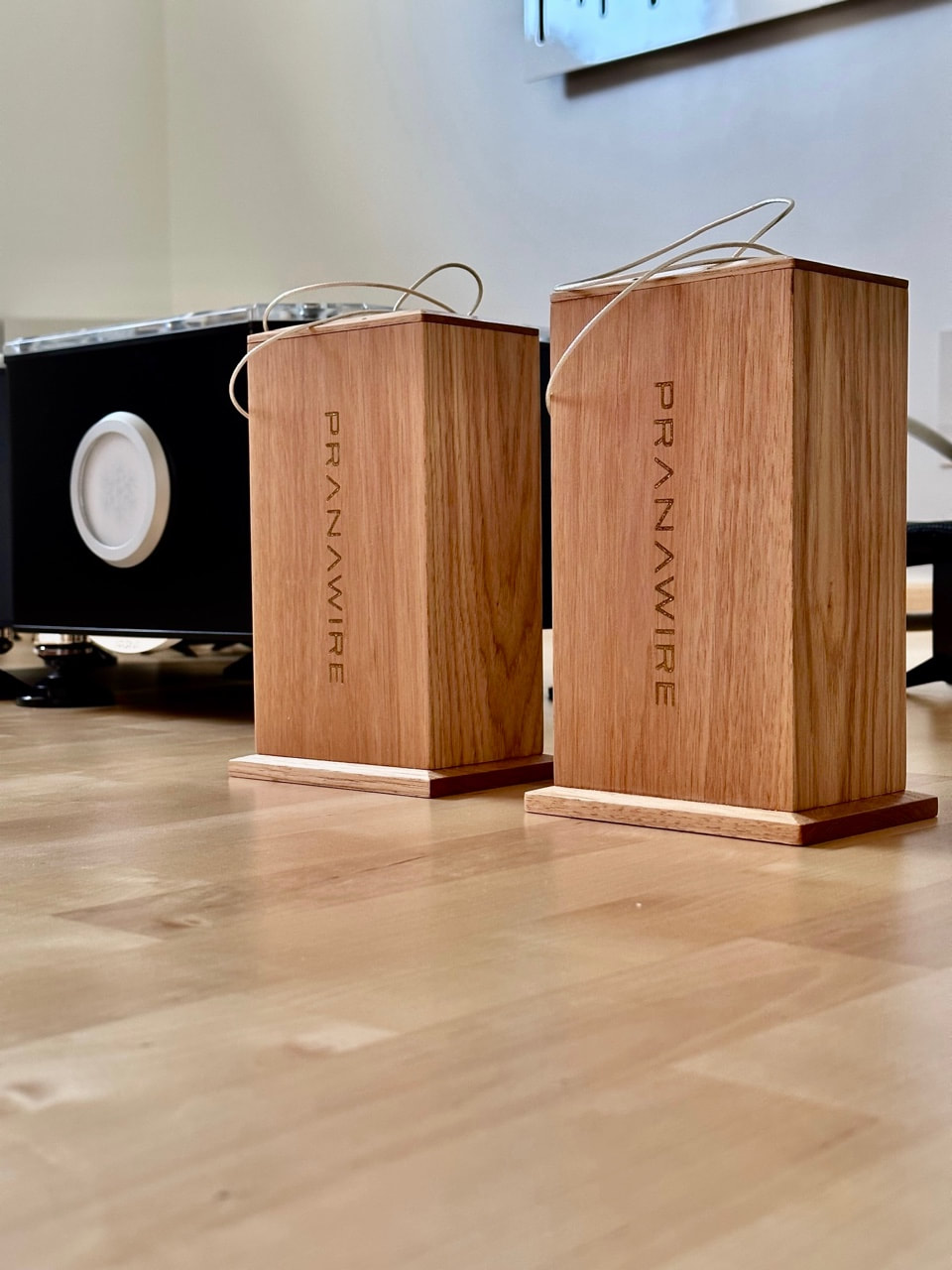

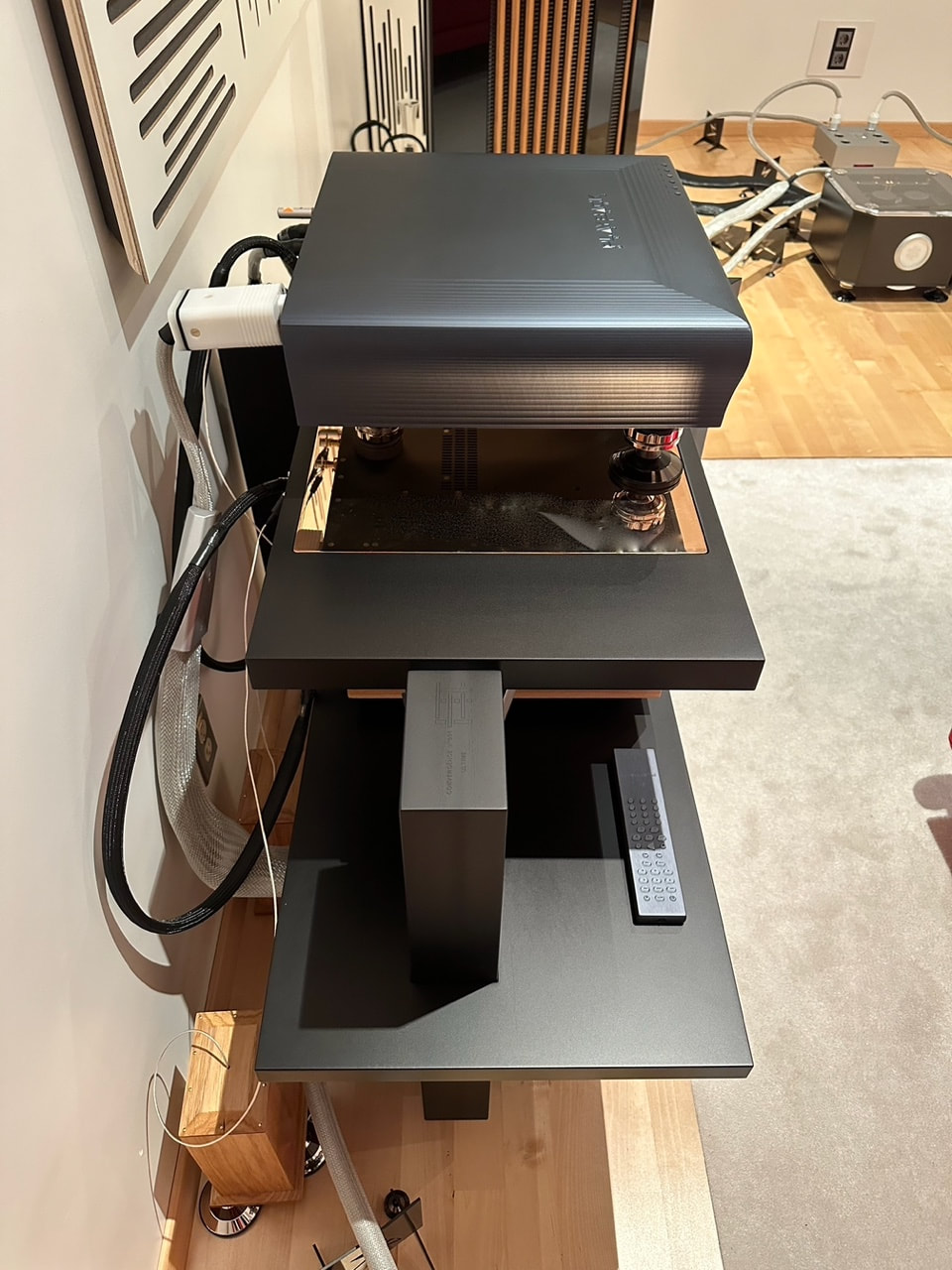
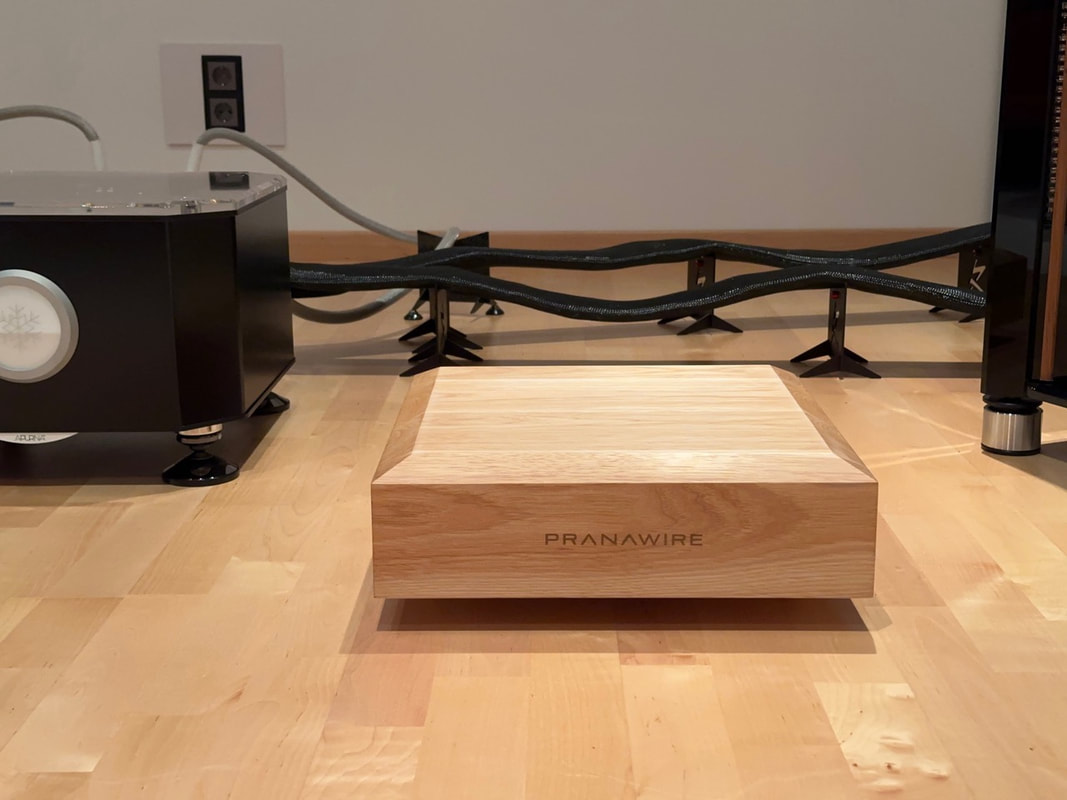
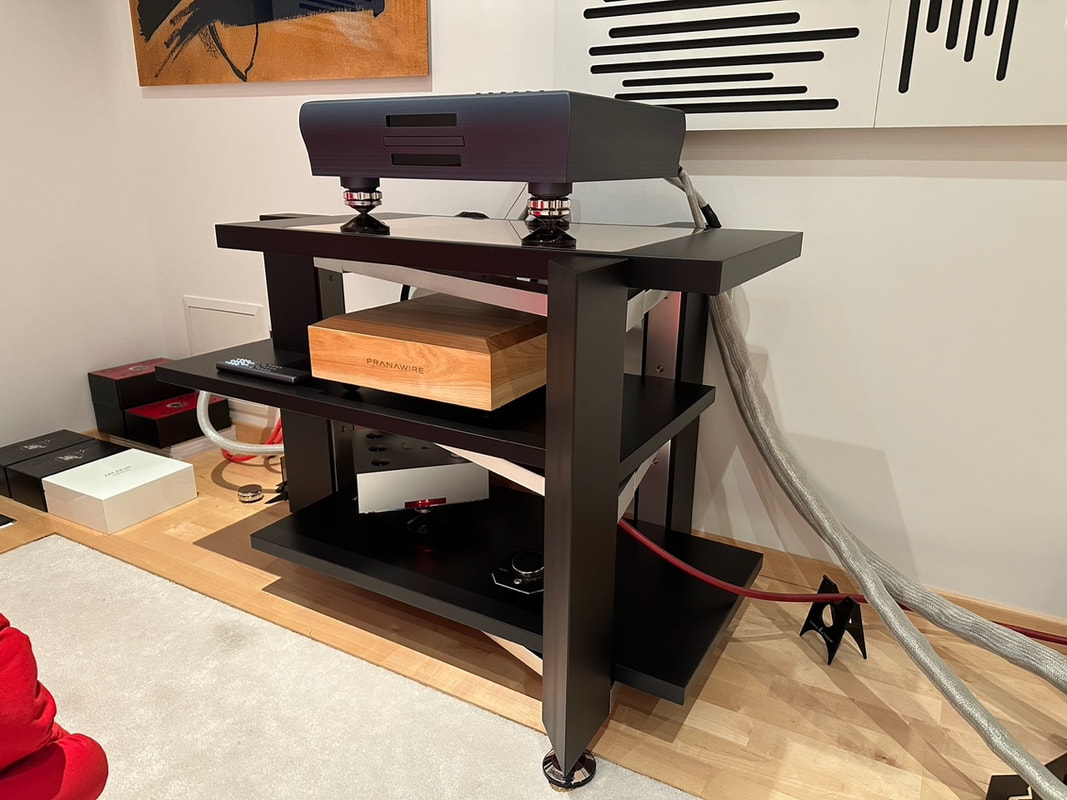
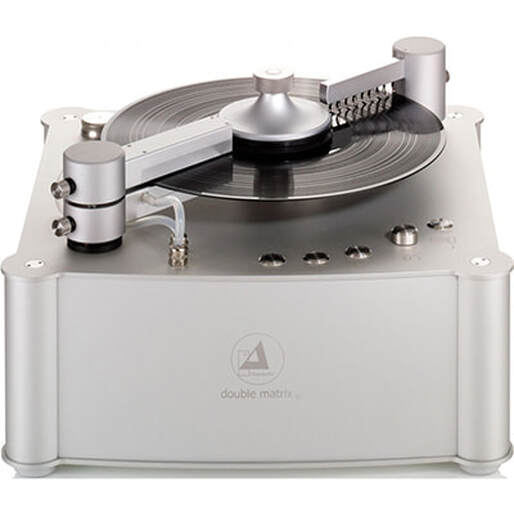
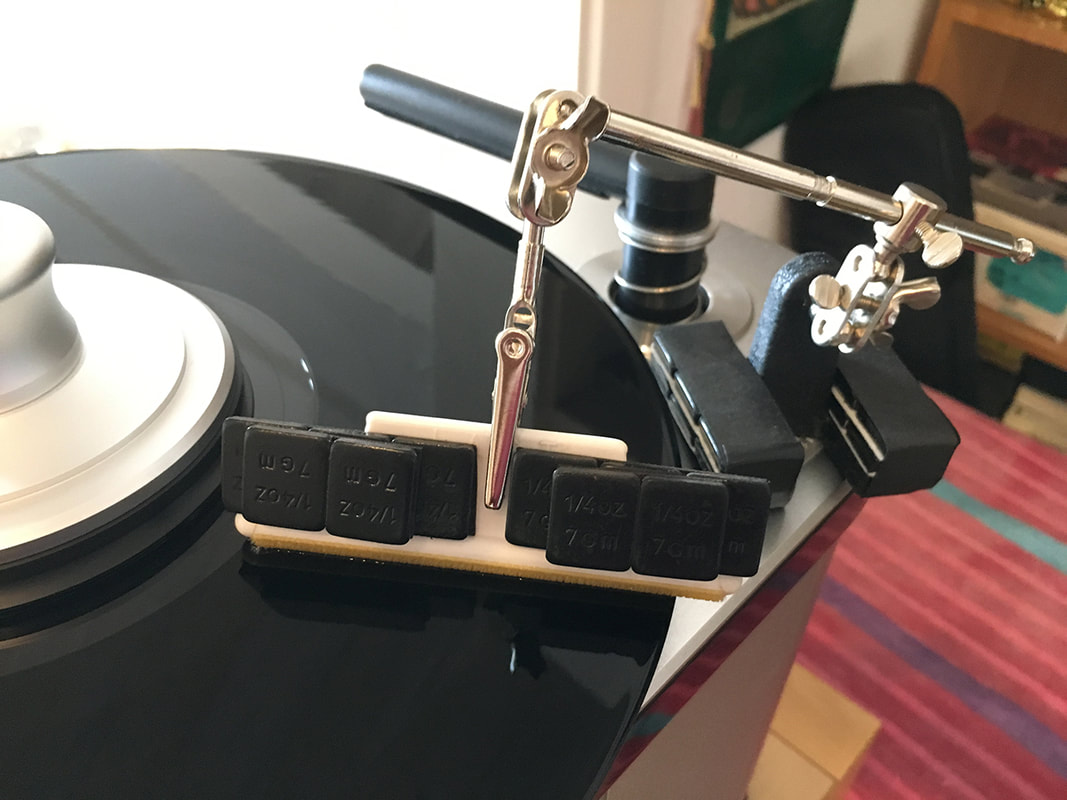
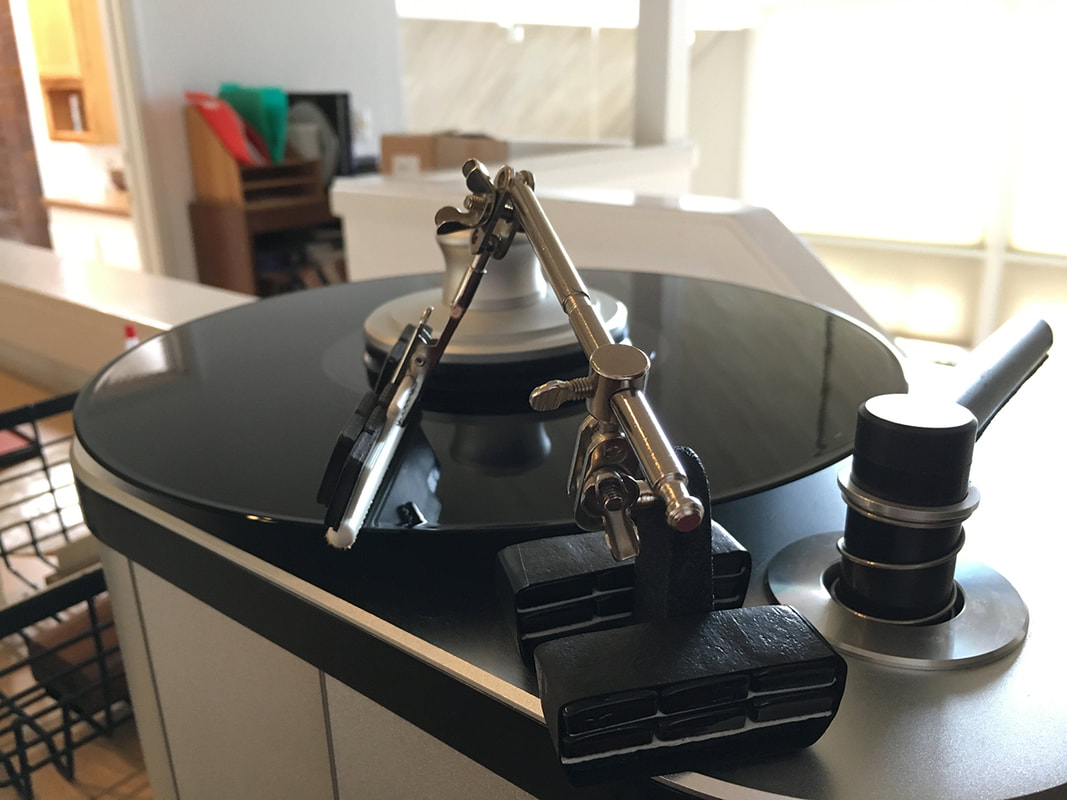
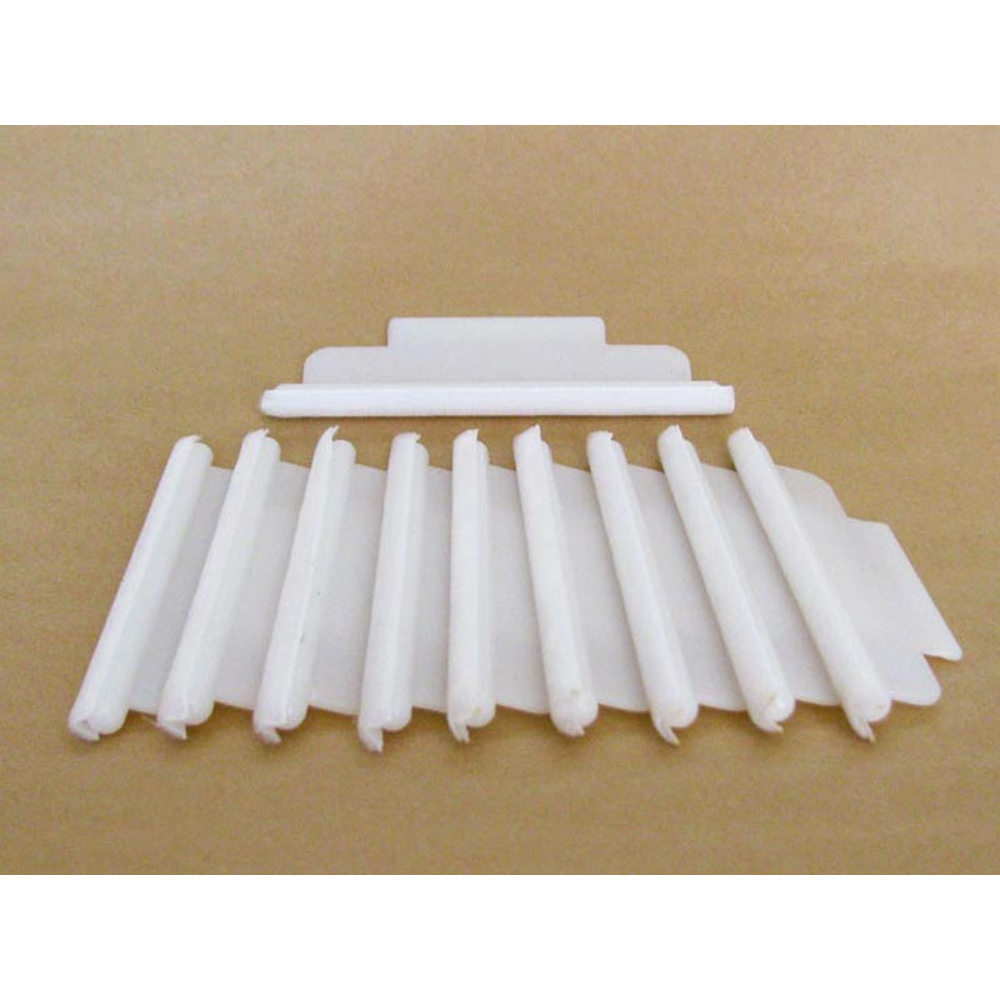
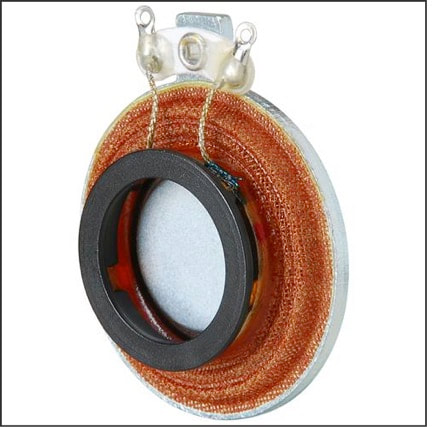
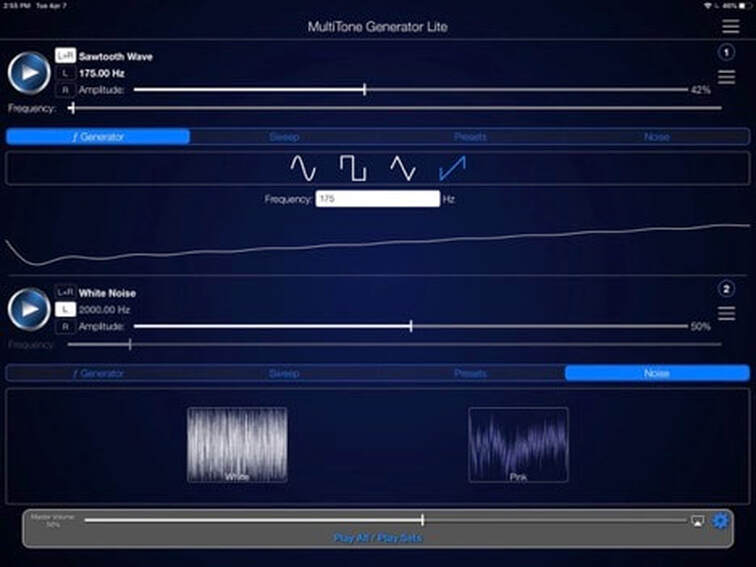

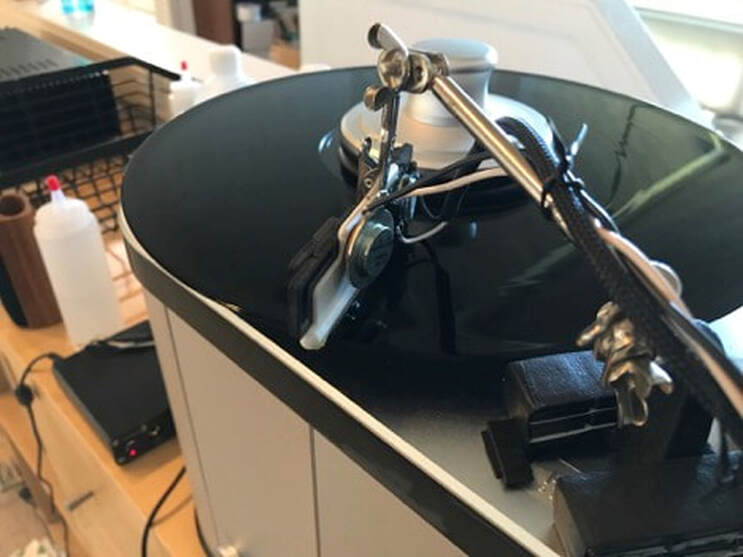
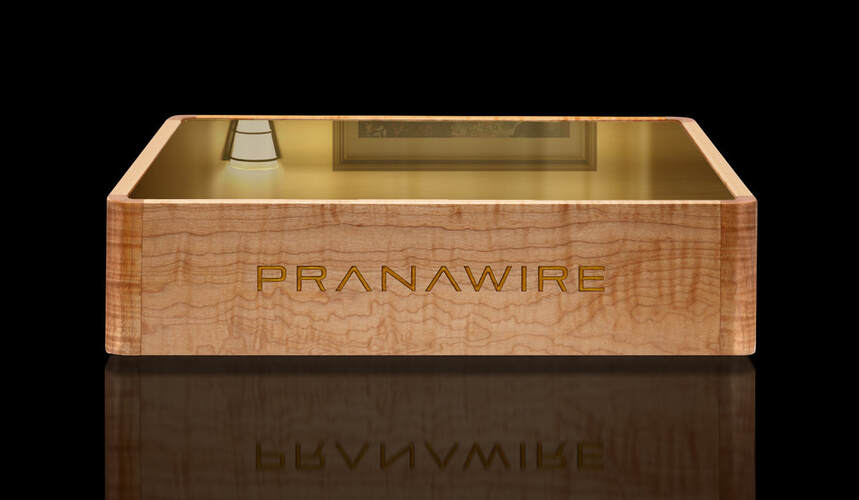
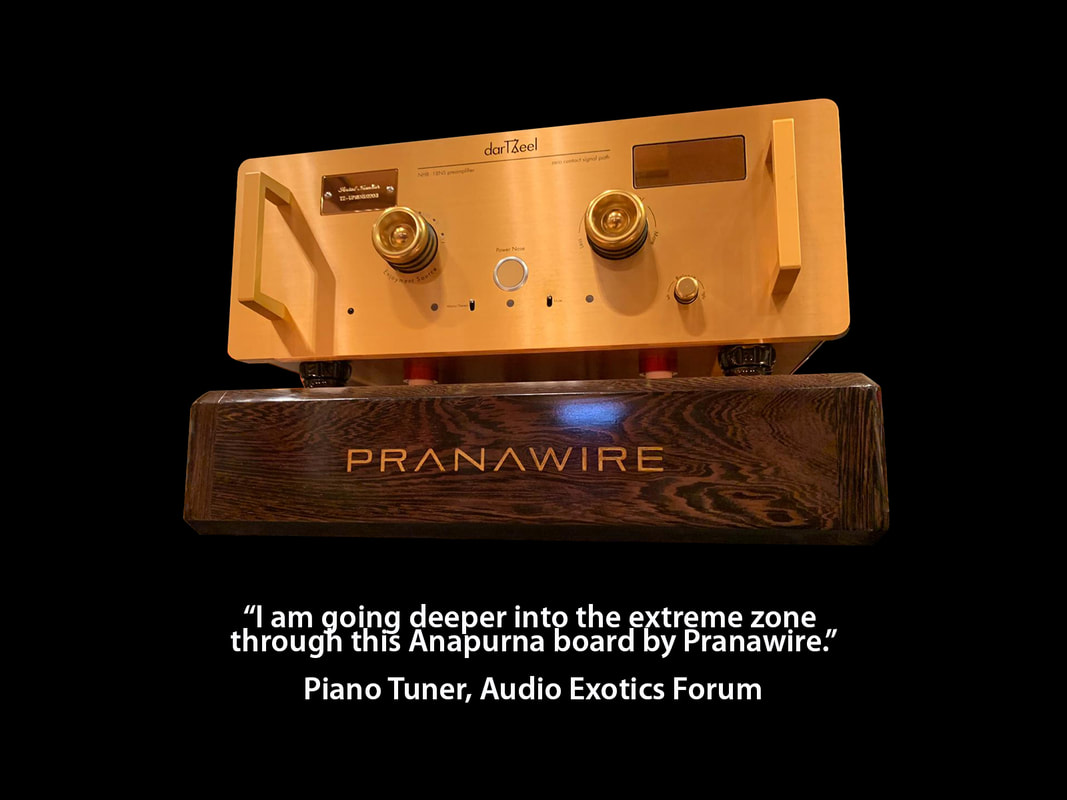
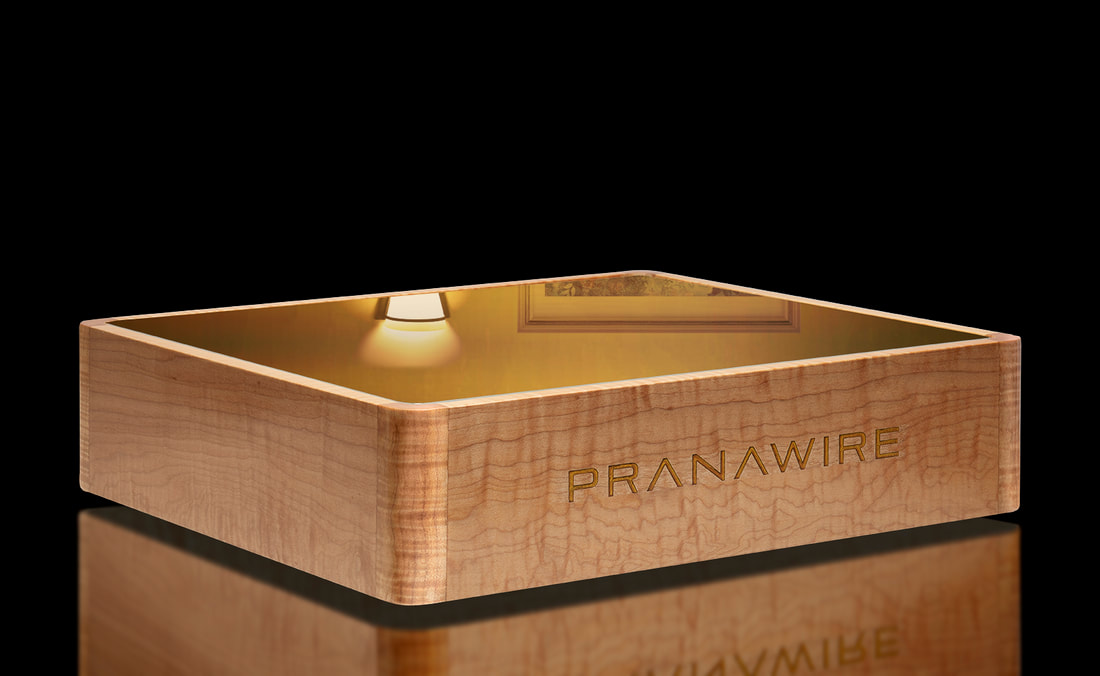
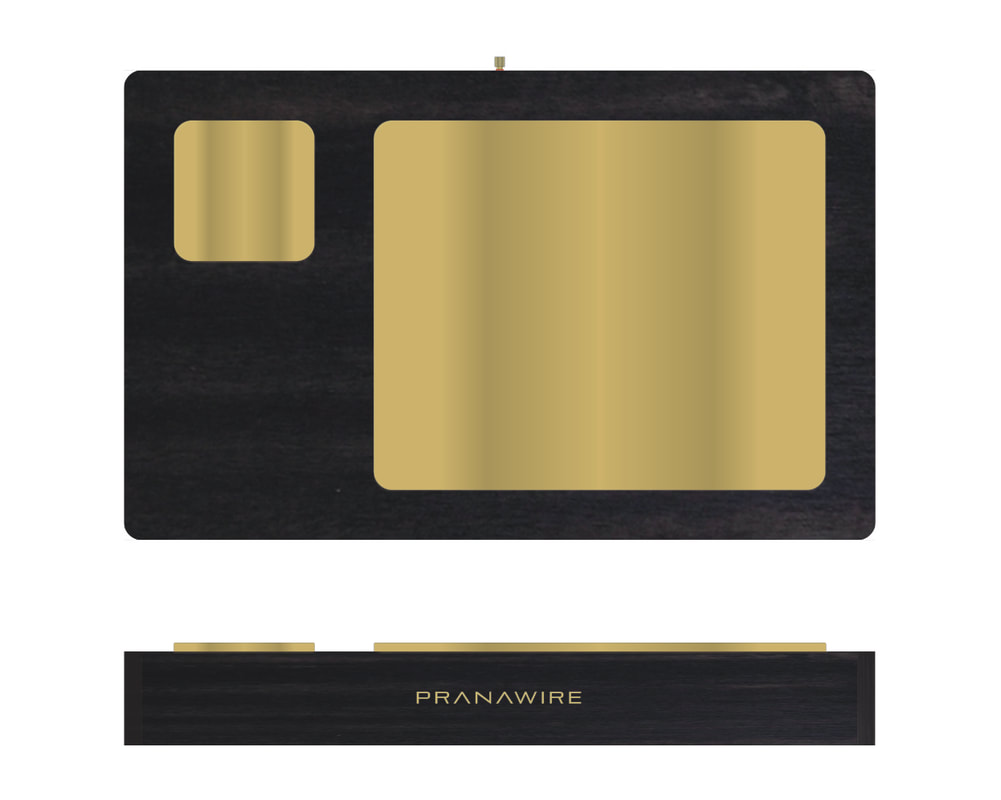
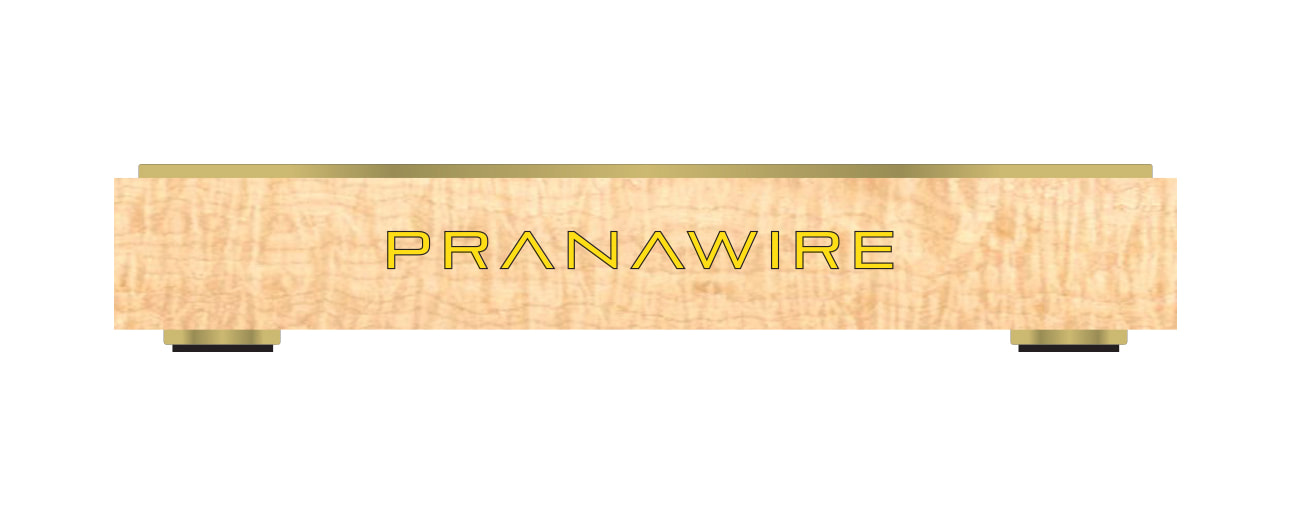
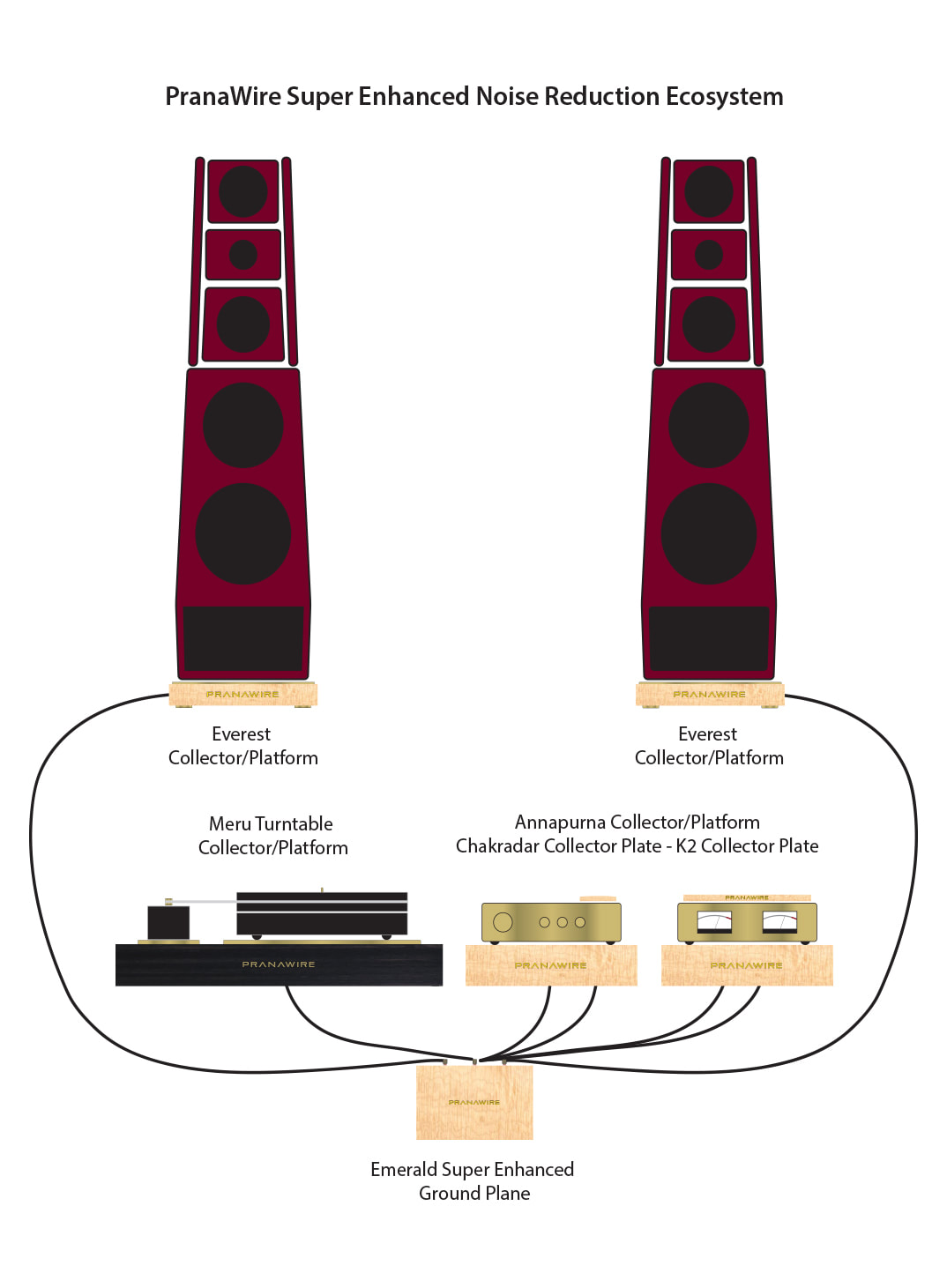
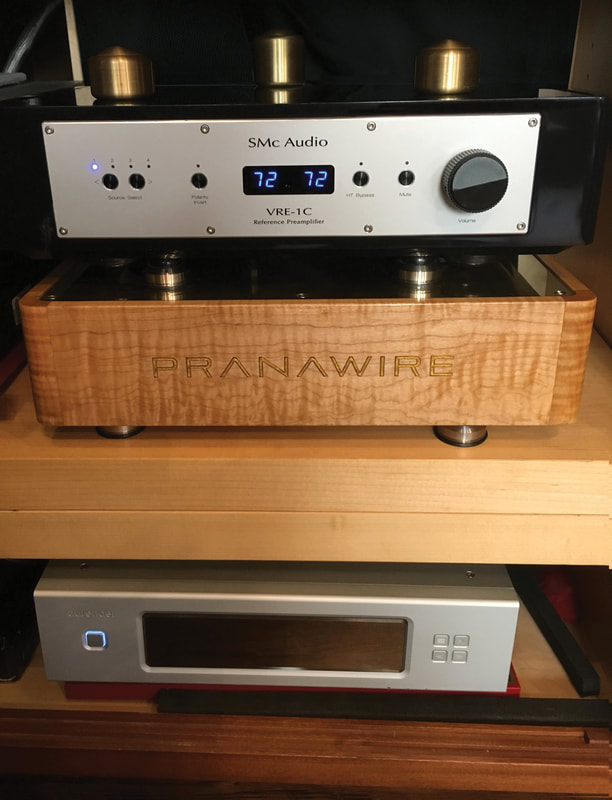
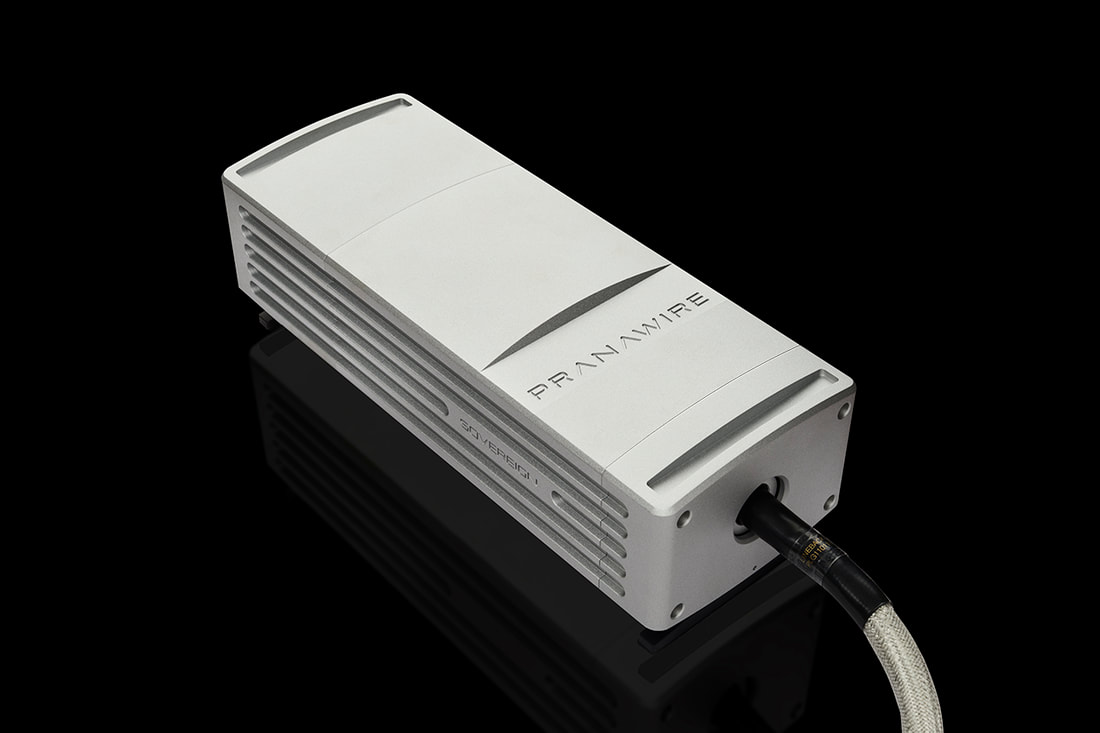
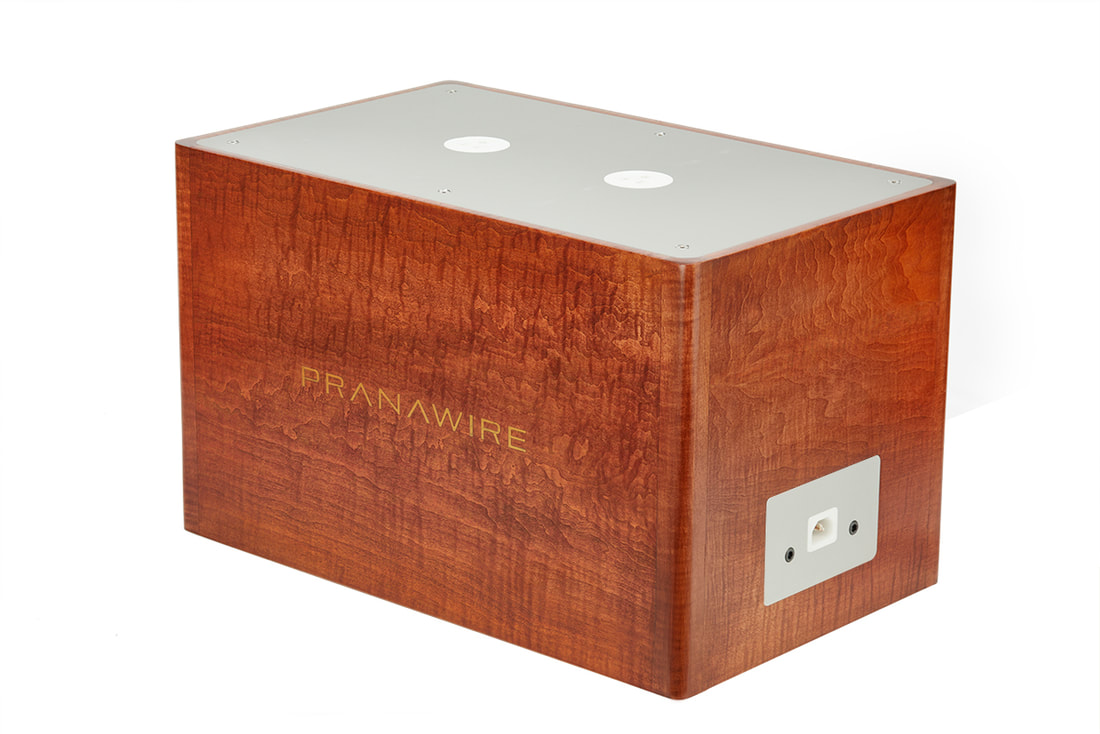
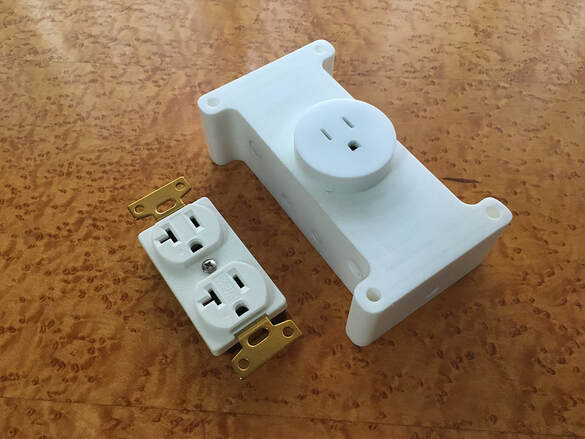
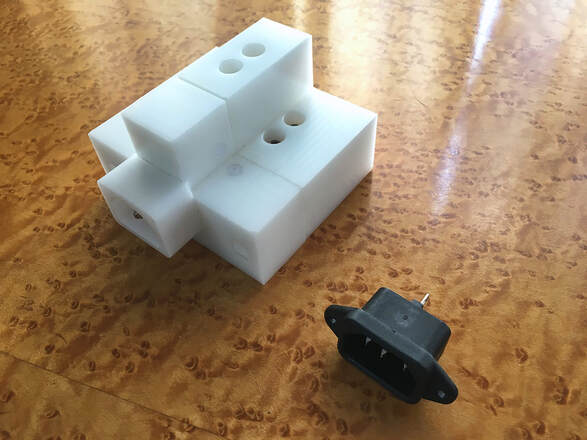
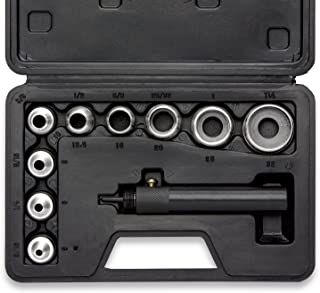
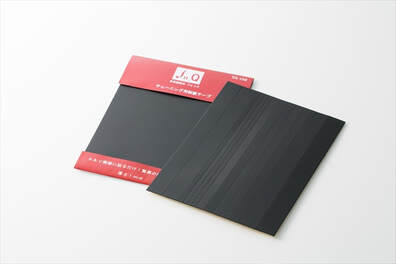
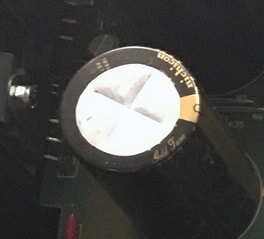
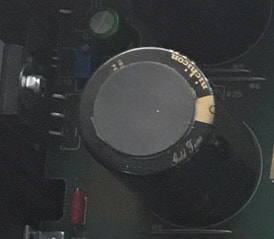
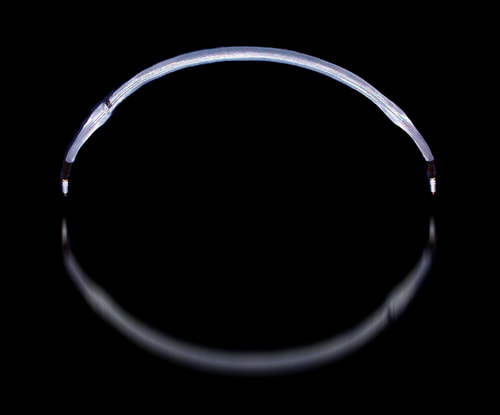
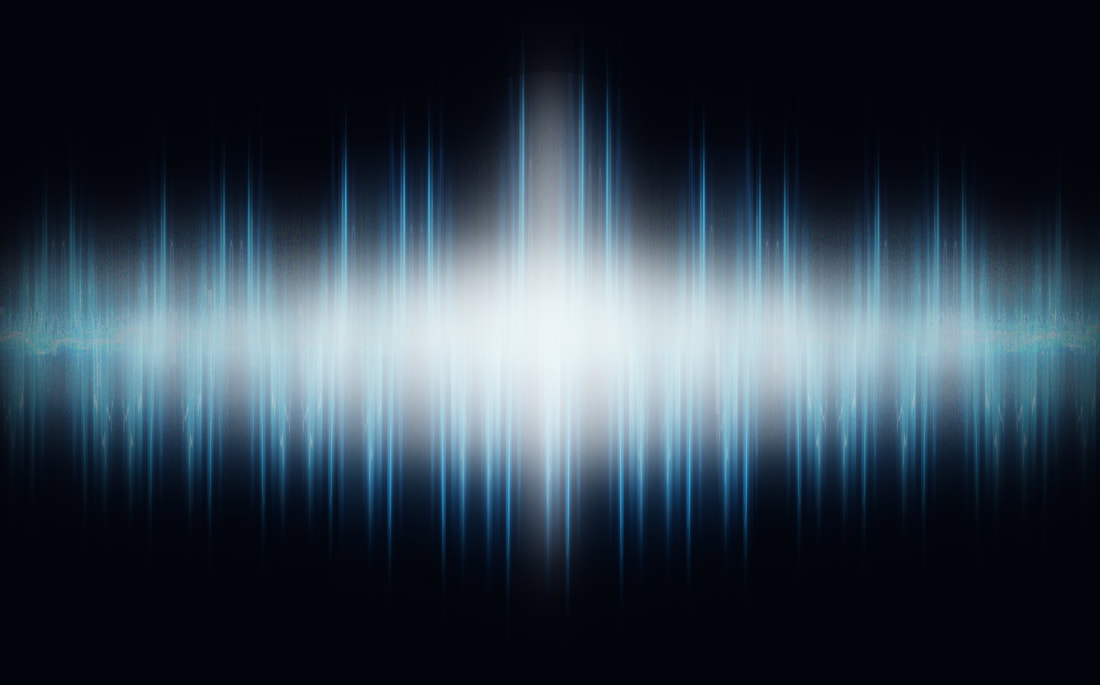

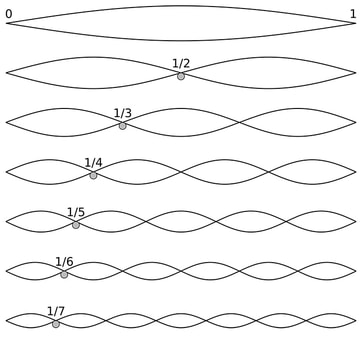
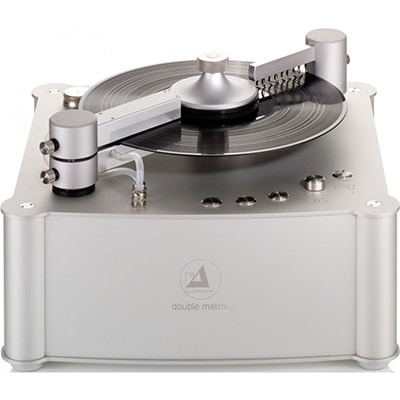
 RSS Feed
RSS Feed
